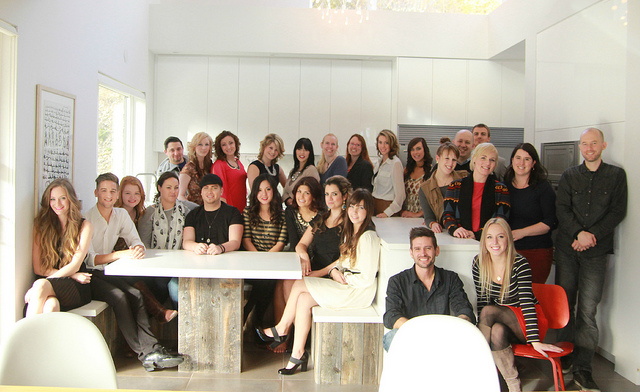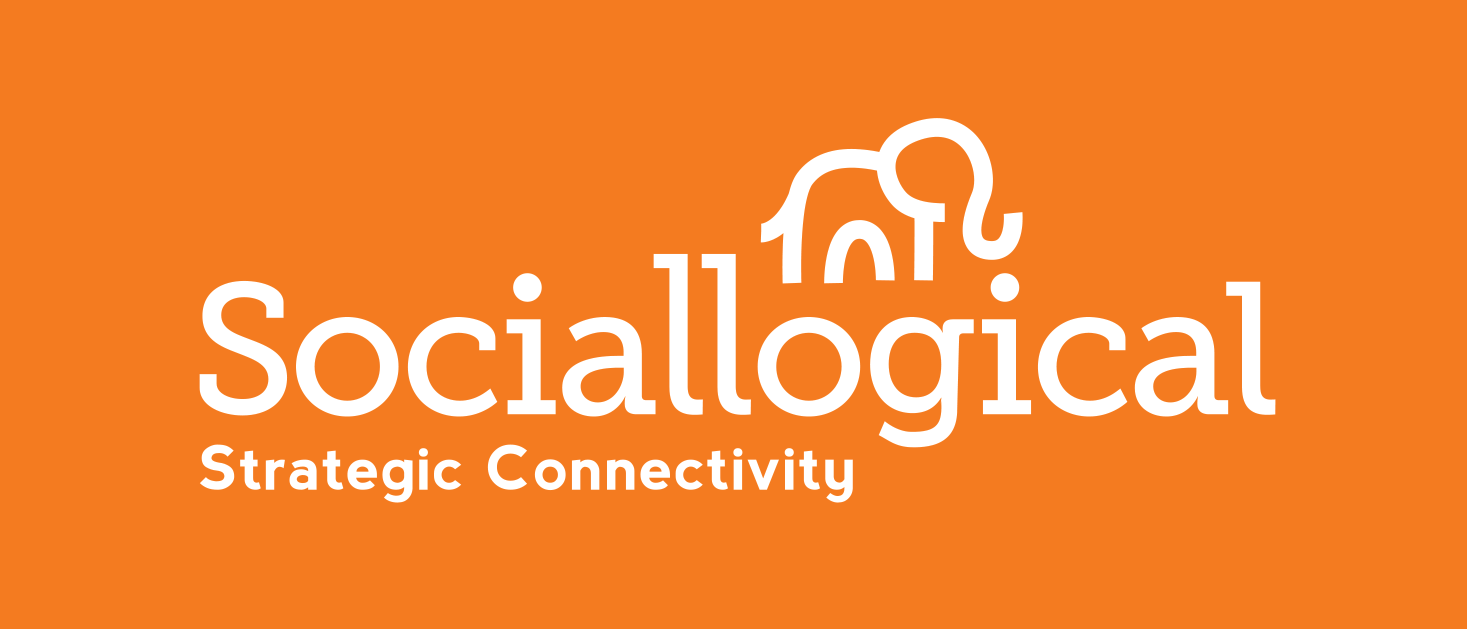 Imagine yourself building a house without a foundation. At a glance, it looks perfect. But beyond what meets the eye are structural flaws that will inevitably reveal themselves. Appearances will never substitute for lasting, grounded connection.
Imagine yourself building a house without a foundation. At a glance, it looks perfect. But beyond what meets the eye are structural flaws that will inevitably reveal themselves. Appearances will never substitute for lasting, grounded connection.
Your blog or website can be SEO optimized, you can host webinars, but none of these techniques offer more than initial impressions if considered an end. Think of it as a missed connection: you met at a party, had an amazing conversation, and never crossed paths again.
Marketing has become more about relationships than anything else. To engage customers is to grow a community. A strong brand is powered by real people; active, involved, and listening.
Inbound Marketing in a Nutshell

To put it simply: inbound marketing means drawing the right kinds of people to you.
Traditional or linear marketing is based on interruptions: billboards, commercials, telemarketing; essentially "buying and begging," as Halligan and Shah, cofounders of Hubspot, put it in their book, Inbound Marketing: Get Found Using Google, Social Media and Blogs.
The authors use the last US presidential election to explain why the traditional approach based on broadcasting is dead, stressing the importance of two-way communication. They argue that while Obama used Facebook as a means of creating a dialogue with voters, McCain saw it as a way to talk "at them." And so inbound marketing is founded in interaction.
Why it’s Vital to Business Survival
By establishing what social media platforms suit your business and using them to attract customers, you lure people in on their terms. More importantly, you open dialogue, and it is those interactions which will define and grow your brand.
Social engagement was always a part of business. Whether through conferences or product launches, presentation has always been crucial. But the way we communicate has changed significantly, and respectively, the business world must adapt to new trends.
The good news: social media has one major advantage: it's instantaneous. It allows us to connect the masses in seconds, transcending time and space. It also provides equal opportunity, there's no "fighting for the mic" so to speak. Above all, it gives a human-feel to business exchanges.
SEO expert Nick Stamoulis furthers this notion in a recent post on Business 2 Community:
"Your social profiles let current and past customers interact directly with your brand, which helps establish a strong trust factor. People want to do business with other people and social profiles let you create a personality for your brand..."
Hippies Who Had a Point
In E Content Magazine article "Grateful Dead Content Lessons," Marketing strategist David Meerman Scott gives us an analogy for inbound marketing that establishes 60's rockers Grateful Dead as more than a bunch of shaggy hippies.
At a time when up and coming artists were banking on album sales, the Grateful Dead went against the grain; putting their energy into touring. They even engaged their superfans by setting up filming and recording stations at live events. If the Dead understood anything, it was how to build a strong community. What no one realized was that their business strategy would foreshadow the most relevant principles today. Scott writes:
"In an era when it’s difficult to make money using the content business playbooks of the past, it’s fascinating that the counterculture ideas of the Dead may hold the key to the future."
Have you thought about how to build a community around your brand? It's time to #learnsocial and strike up a conversation.
